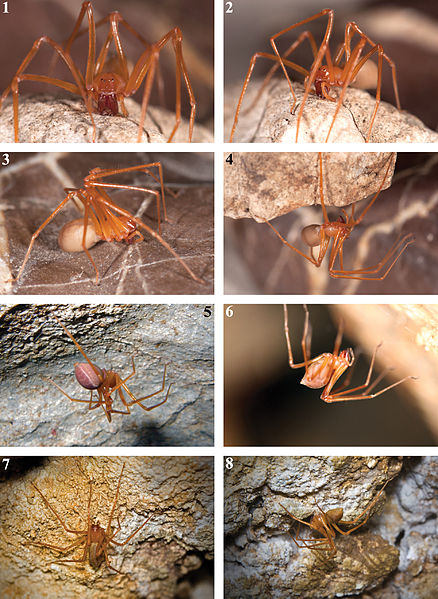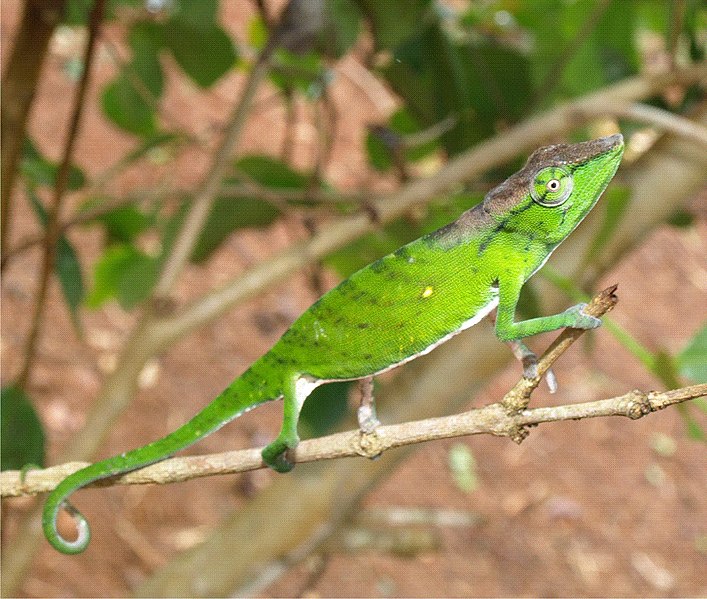Invertebrate enthusiasts have learned to expect the discovery of fantastic new species on a regular basis. But even old timers such as I were shocked by some that came to light this past year. Large, claw-bearing Cave Robber Spiders, giant bio-luminescent roaches, brilliant arboreal tarantulas, neon-colored freshwater crabs, dive-bombing wasps…the list boggles the mind. Today I’ll highlight a few that have entranced me; please post your own favorites (whether covered here or not) below.
Cave Robber Spider, Trogloraptor marchingtoni
The Cave Robber Spider, arguably 2012’s most “otherworldly” discovery, turned up in a place not known for hiding unseen species – southwestern Oregon. In fact, not a single new spider has been described in the USA in the past 130 years. Read More »
 That Reptile Blog – Reptile, Amphibian and Exotic Pet Care and Information
That Reptile Blog – Reptile, Amphibian and Exotic Pet Care and Information





